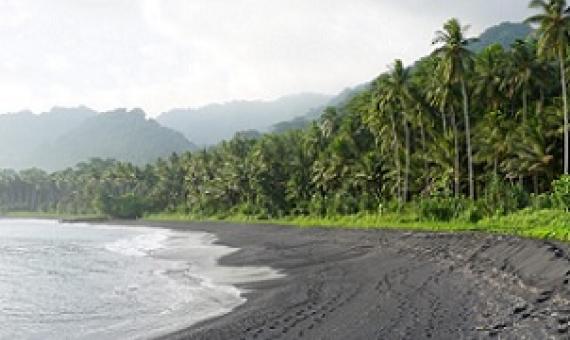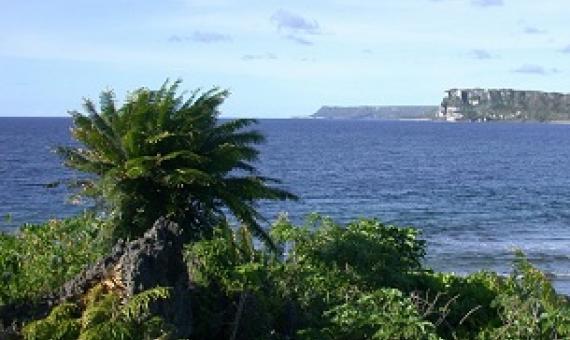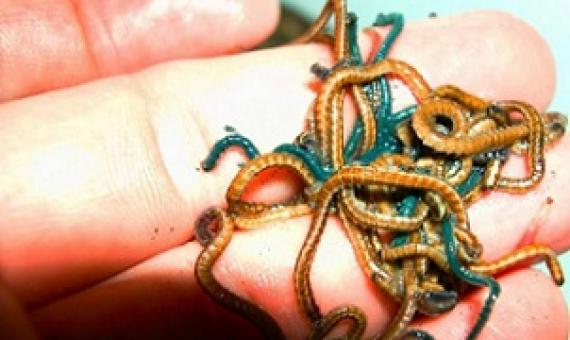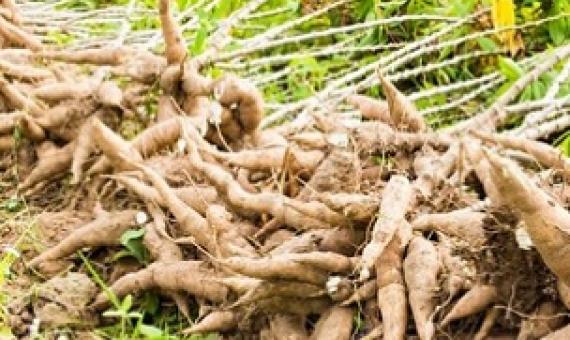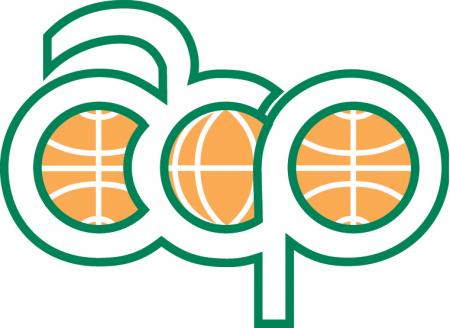Residents of Baniata village on the Solomon Islands’ Western province practice an ancient agroforestry system that intercrops 20 edible species and features the ngali nut, a delicacy sold in domestic and international markets.
Are the traditional practices tied to endangered species at risk of being lost? The answer is yes, according to the authors of an ethnographic study published in the University of Guam peer-reviewed journal Pacific Asia Inquiry.
To the untrained eye they look like worms, but Samoans know these marine creatures as palolo, and they are revered as the caviar of the South Pacific.
A genetic scientist and tropical root and tuber crops expert says the Covid-19 pandemic is an opportunity for Pacific countries to return to traditional food sources...Dr Lebot said the pandemic had shown the limits of international trade and globalisation and he felt there was an urgent need for

